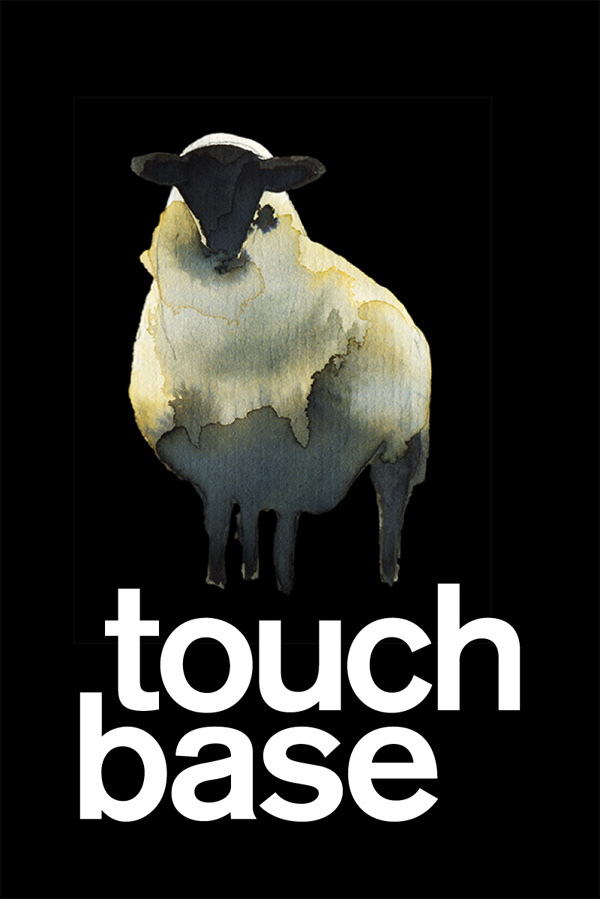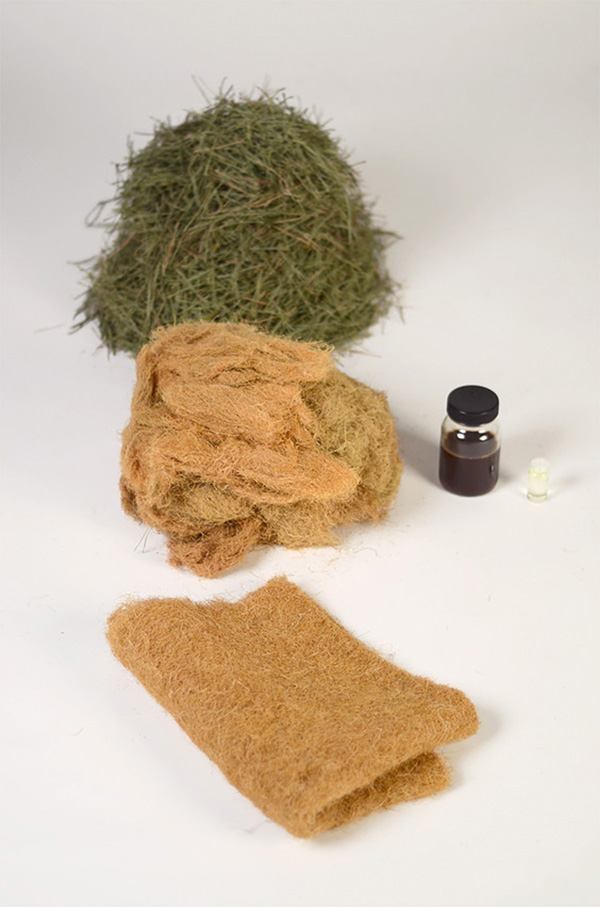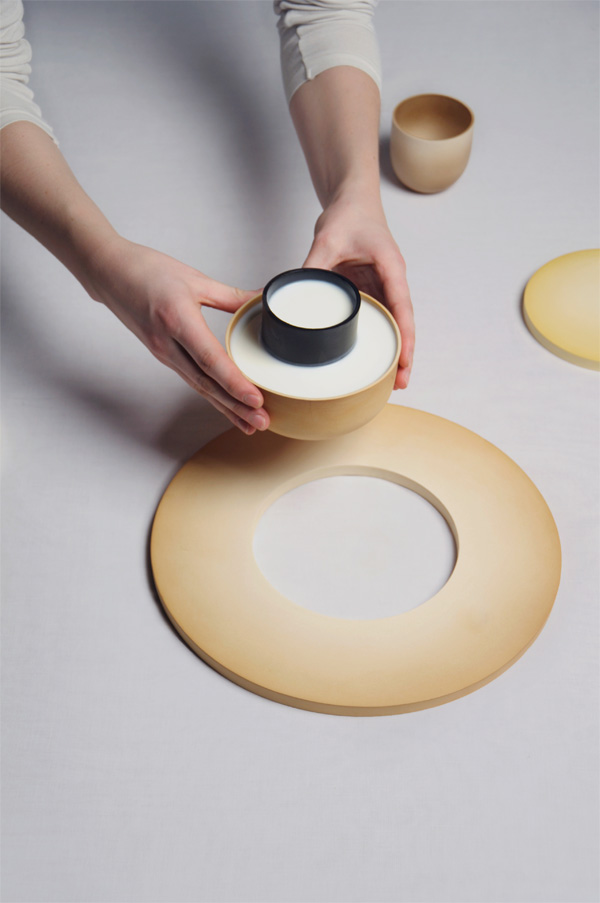
To touch is to feel physically and sense emotionally. We live in a world where our sense of touch is too often numbed, negated, vilified and sexualized. Touch Base, a Design Academy Eindhoven exhibition curated by Ilse Crawford and the academy’s creative director Thomas Widdershoven, explores the power of tactility in human life.
Touch Base explores the counter-movement that many of our students are shaping in response to the empowering, but overwhelming presence of technology and digitalism. It reveals their hunger for a more tactile surrounding in an era where screens, apps, texts, games and email dictate how we live and communicate.
Behavioral psychologists argue that touch is more than just an optional sensation, it is a basic human need, and perhaps even the essence of life. Without touch we are left vulnerable - physically unsure and emotionally insecure. Stripped of a strong link to our physicality, our existence becomes little more than a series of preferences.
"Tactility is a political, a human and a social statement"
- Thomas Widdershoven
A human’s haptic need to touch and be touched lie at the base of Sanne Muiser’s textiles. These highly tactile fashion and interior fabrics feel like fur, but are made by needle-punching natural materials such as wool and sisal into a man-made latex base. The end pieces are a collision of two opposing worlds and our associations with each.

Tamara Orjola - Forest Wool (2016) photo by Tamara Orjola
Many Design Academy Eindhoven students are linking the general demise in tactile interactions with an increase in our carbon footprints.
Tamara Orjola, for example, explores how the 420 million kilograms of pine needles left over from the 600 million pine trees felled in the EU each year might be used. She found that when treated the needles, which are composed of cellulose and lignin, can be used in paper, textiles and a composite material for industry making them a good alternative for imported fibers like coir and cotton. When processing the fibers you can also extract essential oil and dye.
Orjola’s intriguing material experimentation ends in tactile products like stools and mats that communicate about the potential of materials currently discarded by industrial production. A project like this has the power to agitate communities at such a level that action can lead to fundamental change. It shows that a very different world can be created in a school as small and experimental as Design Academy Eindhoven.
Ekaterina Semenova’s exhibited work is an attempt to reclaim the way milk used to be valued prior to its mega industrialization. She has explored the effects of different dairy products and waste when used as a glaze on ceramics, discovering that it makes the clay both more durable and waterproof.
 Ekaterina Semenova - Care for Milk (2016) photo by Ekaterina Semenova
Ekaterina Semenova - Care for Milk (2016) photo by Ekaterina Semenova